| |
|
|
Botanical Name |
: |
Psidium guajava L. |
English
Name |
: |
Common guava, Guava, Round guava, Apple guava |
Synonym(s) |
: |
Psidium aromaticum Blanco, Guaiava pyriformis Gaertn. , Guajava pyrifera (L) Kuntze, Psidium fragrans Macfadyen, Psidium pyriferum L., Psidium pomiferum L., Psidium sapidissimum Jacq., |
Family |
: |
Myrtaceae |
| |
General Info
| Description |
 |
|
A shrub or small tree to 10 m high, occasionally to as much as 20m, roots are shallow. Bark smooth, light reddish-brown, with pubescent 4-angled young branches, bark peels off in large flakes, exposing greenish layer beneath; trunk normally attains a diameter of about 25cm, but can reach 60cm, has a 'bony' appearance. Leaves opposite, ovate-elliptic or oblong-elliptic, acute-acuminate, pubescent beneath, often rather brittle, prominently nerved, lateral nerves 10-20 pairs; blades mostly 7-15 cm long and 3-5 cm wide, rounded at base, dull green, downy on the underside, aromatic when crushed. Flowers hermaphroditic, solitary or 2-4 together in leaf axils, rather large (2.5 cm wide); peduncle about 1-2 cm long, pubescent; calyx 4-5-lobed (anthesis, not before) about 6-8 mm long, petals white, 10-15 mm long, fugacious, usually 4 or 5, obovate, slightly concave, stamens numerous (c. 200-250), white, about as long as petals; style 10-12 mm long, stigma peltate. Fruits globose, ovoid, or pyriform, whitish-yellow or faintly pink, sweet-sour pulpy, many-seeded (100-500/fruit), 2.5-10 cm long; pulp granular-juicy. Seeds yellowish, reniform. |
| Herb Effects |
 |
|
Astringent (roots, bark, leaves and immature fruits); taken as an emmenagogue and vermifuge (leaf decoction); febrifuge (decoction of the new shoots) |
Chemistry
| Active Ingredients |
 |
|
Methionine (plant); alanine, alpha-humulene, alpha-linolenic acid, alpha-selinene, arginine, ascorbic-acid, aspartic acid, benzaldehyde, beta-bisabolene, beta-carotene, beta-ionone, beta-pinene, beta-selinene, cinnamyl acetate, citral, citric acid, delta-cadinene, fructose, gallic acid, glutamic acid, glycine, histidine, isoleucine, lactic acid, limonene, linoleic acid, lysine, myristic acid, niacin, oleic acid, oxalic acid, palmitic acid, palmitoleic acid, pantothenic acid, pectin, phenylalanine, riboflavin, stearic acid, thiamin, threonine, tryptophan, tyrosine, valine, xylose (fruit); arjunolic acid (root); aromadendrene, avicularin, beta sitosterol, calcium oxalate, caryophyllene oxide, oleanolic acid, quercetin, ursolic acid, xanthophyll (leaf); ellagic acid, leucoanthocyanin, myricetin, tannin (bark). |
| Chemistry
of Active Ingredients |
 |
|
|
 |
Name |
CAS# |
IUPAC Name |
Formula |
Structure |
 |
|
| Methionine |
348-67-4 |
2-amino-4-methylsulf
anyl-butanoic acid |
C5H11NO2S |
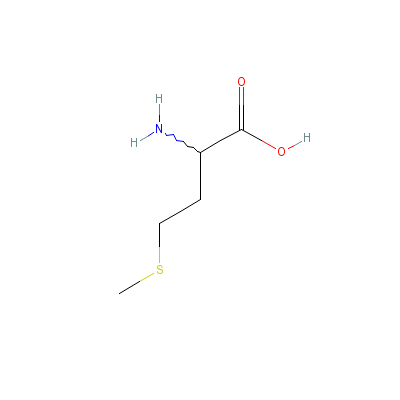
|
| Alanine |
35597-43-4 |
2-[2-[2-amino-4-(hyd
roxy-methyl-phosphor
yl)-butanoyl]aminopr
opanoylami
no]propa
noic acid |
C11H22N3O6P |

|
| Alpha-humulene |
6753-98-6 |
2,6,6,9-tetramethylc
ycloundeca-1,4,8-tri
ene |
C15H24 |
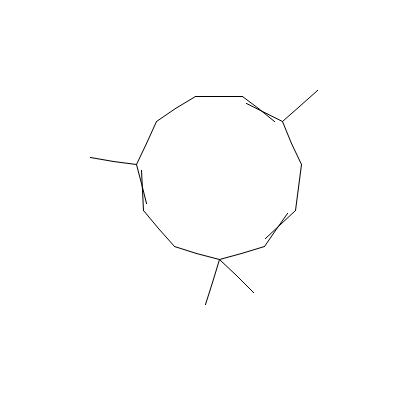
|
| alpha-Linolenic acid |
94138-91-7 |
octadeca-9,12,15-tri
enoic acid |
C18H30O2 |

|
| alpha-Selinene |
473-13-2 |
1,4a-dimethyl-7-prop
-1-en-2-yl-4,5,6,7,8
,8a-hexahydro-3H-nap
hthalene |
C15H24 |

|
| Arginine |
7004-12-8 |
2-amino-5-guanidino-
pentanoic acid |
C6H14N4O2 |
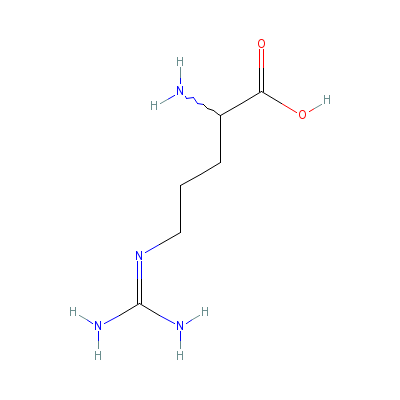
|
| Ascorbic acid |
Not Available |
2-(1,2-dihydroxyethy
l)-4,5-dihydroxy-fur
an-3-one |
C6H8O6 |

|
| Aspartic acid |
6899-03-2 |
2-aminobutanedioic
acid |
C4H7NO4 |
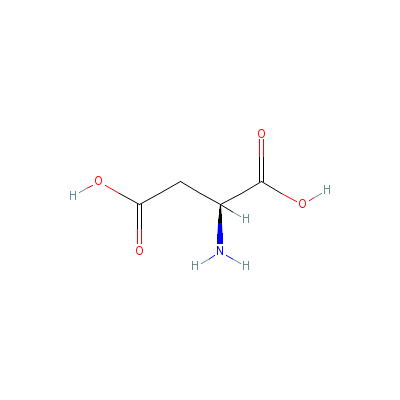
|
| Benzaldehyde |
100-52-7 |
benzaldehyde |
C7H6O |
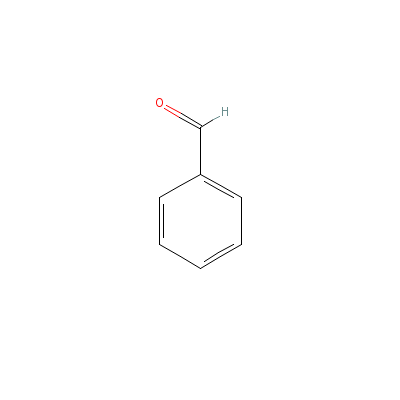
|
| beta-Bisabolene |
495-61-4 |
6-methyl-2-(4-methyl
-1-cyclohex-3-enyl)-
hepta-1,5-diene |
C15H24 |

|
| beta-Carotene |
Not Available |
3,7,12,16-tetramethy
l-1,18-bis(2,6,6-tri
methyl-1-cyclohexeny
l)-octadec
a-1,3,5,
7,9,11,13,15,17-nona
ene |
C40H56 |

|
| Beta-ionone |
14901-07-6 |
4-(2,6,6-trimethyl-1
-cyclohexenyl)but-3-
en-2-one |
C13H20O |
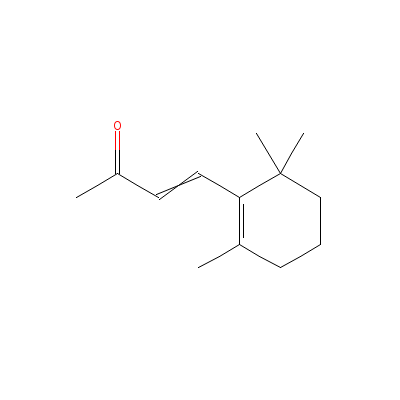
|
| Beta-pinene |
23089-32-9 |
6,6-dimethyl-2-methy
lidene-norpinane |
C10H16 |
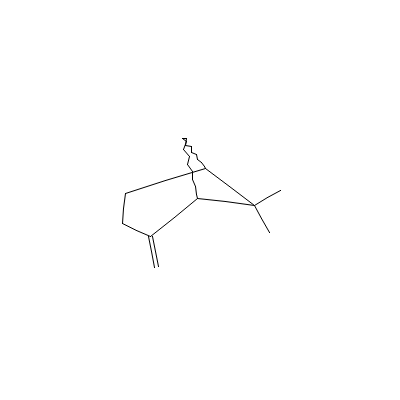
|
| beta-Selinene |
18423-23-9 |
4a-methyl-1-methylid
ene-7-prop-1-en-2-yl
-decalin |
C15H24 |
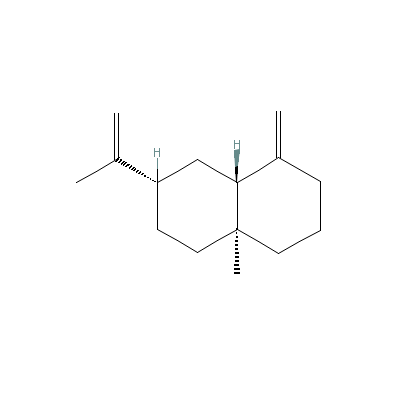
|
| Cinnamyl acetate |
Not Available |
cinnamyl acetate |
C11H12O2 |
|
| Citral |
96680-15-8 |
3,7-dimethylocta-2,6
-dienal |
C10H16O |

|
| Citric acid |
Not Available |
2-hydroxypropane-1,2
,3-tricarboxylic
acid |
C6H8O7 |
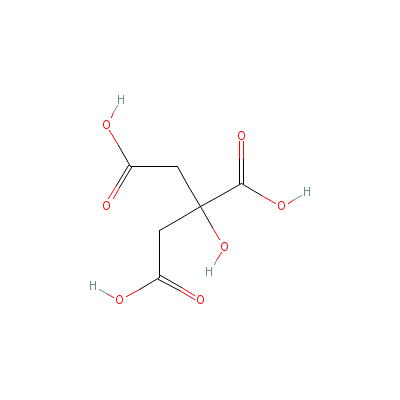
|
| delta-Cadinene |
Not Available |
1,6-dimethyl-4-propa
n-2-yl-2,3,4,4a,7,8-
hexahydronaphthalene |
C15H24 |
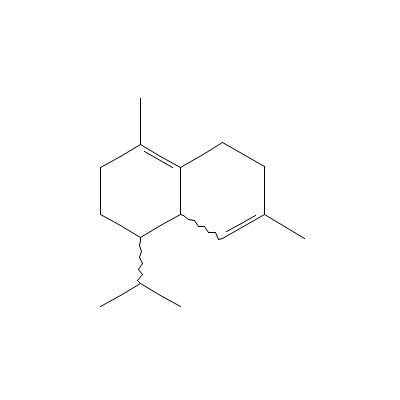
|
| Fructose |
30237-26-4 |
2,5-bis(hydroxymethy
l)oxolane-2,3,4-trio
l |
C6H12O6 |
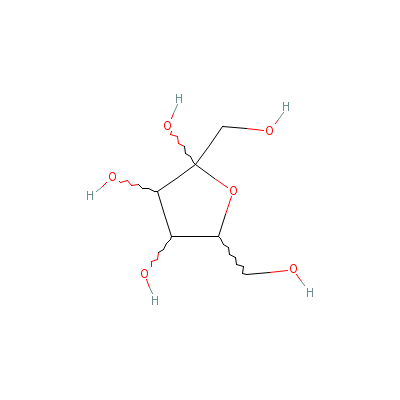
|
| Gallic acid |
149-91-7 |
3,4,5-trihydroxybenz
oic acid |
C7H6O5 |
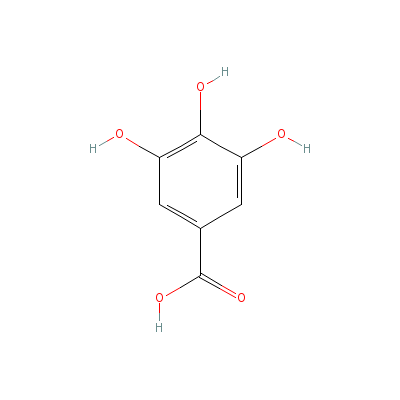
|
| Glutamic acid |
Not Available |
2-aminopentanedioic
acid |
C5H9NO4 |
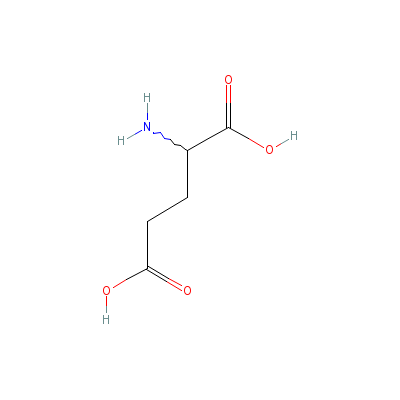
|
| Glycine |
87867-94-5 |
2-aminoacetic acid |
C2H5NO2 |
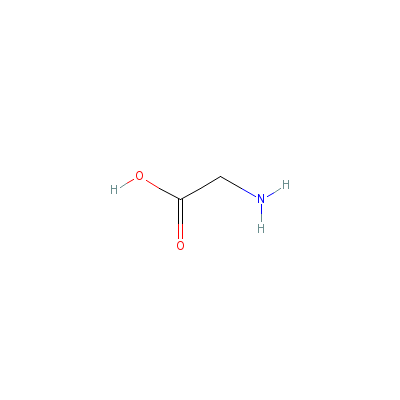
|
| Histidine |
6027-02-7 |
2-amino-3-(3H-imidaz
ol-4-yl)propanoic
acid |
C6H9N3O2 |
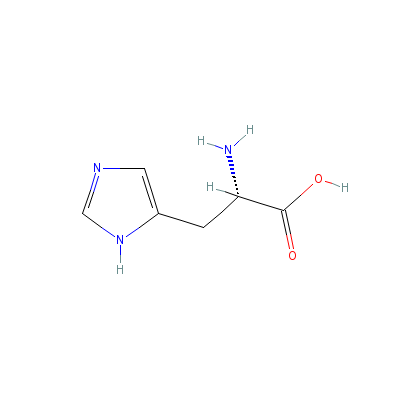
|
| Isoleucine |
319-78-8 |
2-amino-3-methyl-pen
tanoic acid |
C6H13NO2 |
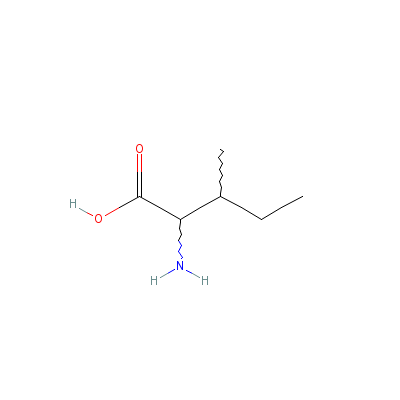
|
| Lactic acid |
598-82-3 |
2-hydroxypropanoic
acid |
C3H6O3 |
|
| Limonene |
9003-73-0 |
1-methyl-4-prop-1-en
-2-yl-cyclohexene |
C10H16 |
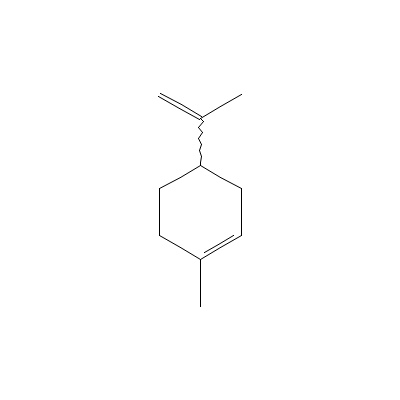
|
| Linoleic acid |
8024-22-4 |
Octadeca-9,12-dienoi
c acid |
C18H32O2 |
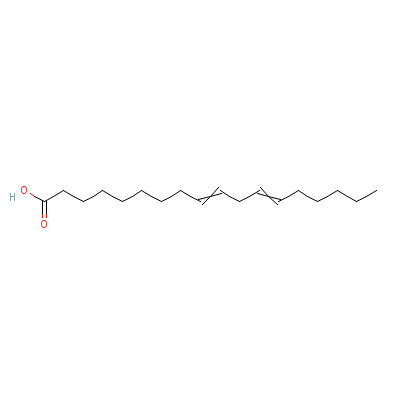
|
| Lysine |
923-27-3 |
2,6-diaminohexanoic
acid |
C6H14N2O2 |
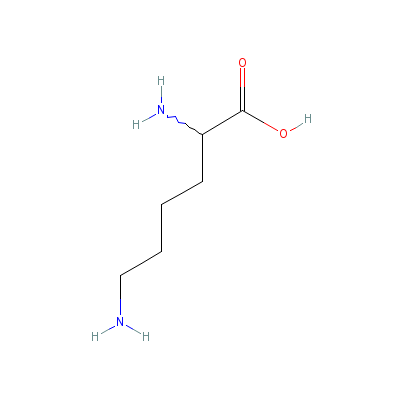
|
| Myristic Acid |
Not Available |
Hexane |
C6H14 |

|
| Niacin |
99148-57-9 |
Pyridine-3-carboxyli
c acid |
C6H5NO2 |
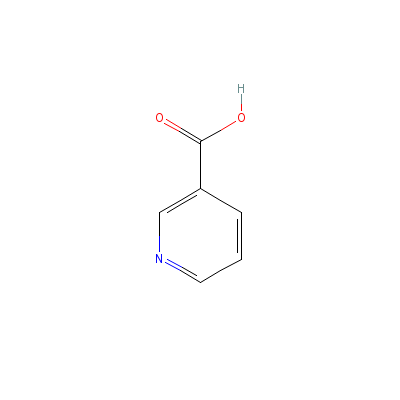
|
| Oleic acid |
8046-01-3 |
octadec-9-enoic acid |
C18H34O2 |
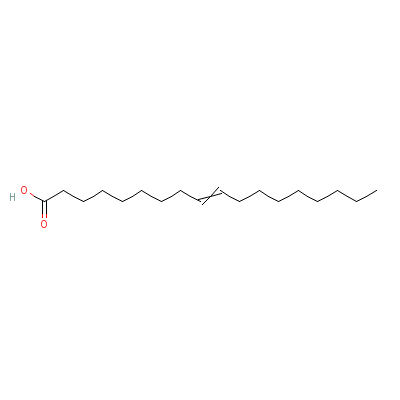
|
| Oxalic acid |
553-91-3 |
Oxalic acid |
C2H2O4 |
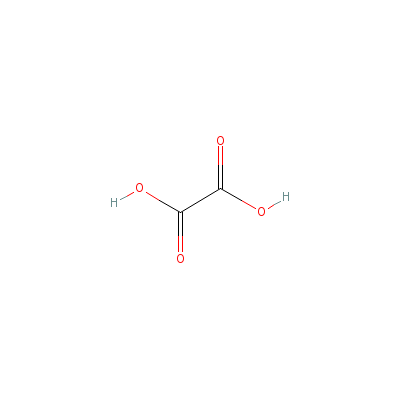
|
| Palmitic acid |
66321-94-6 |
Hexadecanoic acid |
C16H32O2 |
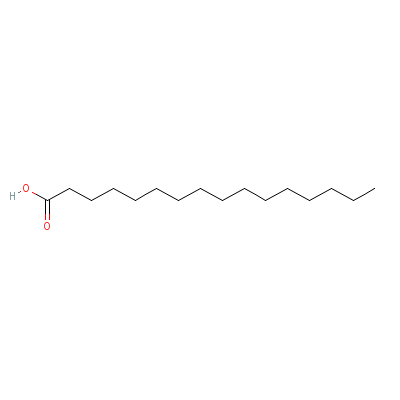
|
| Palmitoleic acid |
2091-29-4 |
(E)-hexadec-9-enoic
acid |
C16H30O2 |
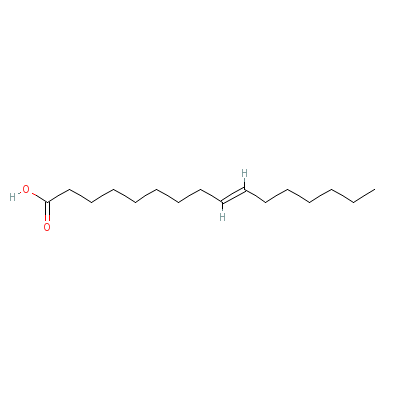
|
| Pantothenic acid |
599-54-2 |
3-[(2,4-dihydroxy-3,
3-dimethyl-butanoyl)
amino]propanoic acid |
C9H17NO5 |

|
| Pectin |
9047-18-1 |
Not Available |
Not Available |
|
| Phenylalanine |
3617-44-5 |
2-amino-3-phenyl-pro
panoic acid |
C9H11NO2 |

|
| Riboflavin |
Not Available |
Not Available |
C17H21N4O9P |
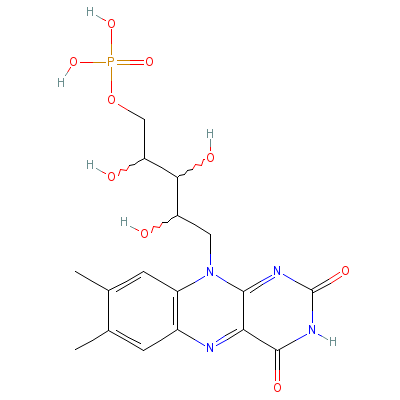
|
| Stearic acid |
82497-27-6 |
octadecanoic acid |
C18H36O2 |

|
| Thiamin |
59-43-8 |
2-[3-[(4-amino-2-met
hyl-pyrimidin-5-yl)m
ethyl]-4-methyl-1-th
ia-3-azoni
acyclope
nta-2,4-dien-5-yl]et
hanol |
C12H17N4OS+ |

|
| Threonine |
632-20-2 |
2-amino-3-hydroxy-bu
tanoic acid |
C4H9NO3 |
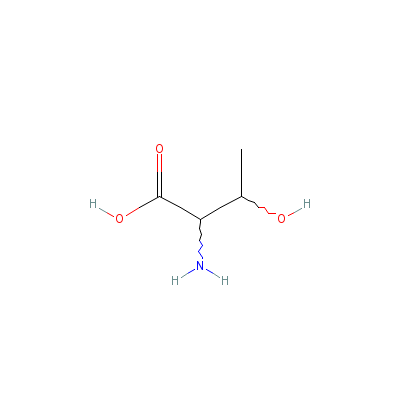
|
| Tryptophan |
80206-30-0 |
2-amino-3-(1H-indol-
3-yl)propanoic acid |
C11H12N2O2 |

|
| Tyrosine |
556-02-5 |
2-amino-3-(4-hydroxy
phenyl)-propanoic
acid |
C9H11NO3 |
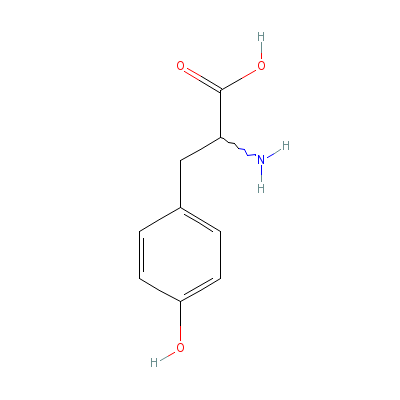
|
| Valine |
7004-03-7 |
2-amino-3-methyl-but
anoic acid |
C5H11NO2 |
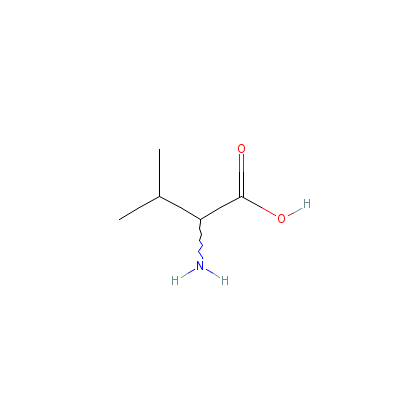
|
| Xylose |
25990-60-7 |
Oxane-2,3,4,5-tetrol |
C5H10O5 |
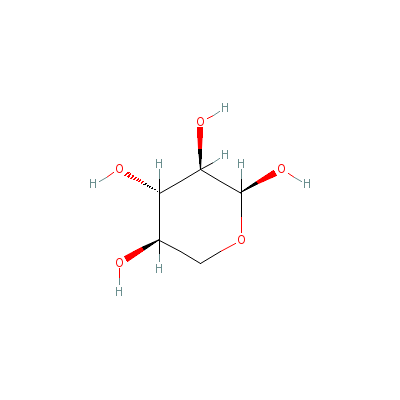
|
| Arjunolic acid |
Not Available |
10,11-dihydroxy-9-(h
ydroxymethyl)-2,2,6a
,6b,9,12a-hexamethyl
-1,3,4,5,6
,6a,7,8,
8a,10,11,12,13,14b-t
etradecahydropicene-
4a-carboxylic acid |
C30H48O5 |
|
| Aromadendrene |
109119-91-7 |
Not Available |
C15H24 |
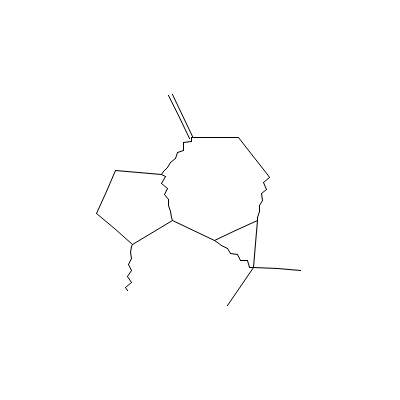
|
| Avicularin |
Not Available |
2-(3,4-dihydroxyphen
yl)-5,7-dihydroxy-3-
(4,5,6-trihydroxyoxa
n-3-yl)oxy
-chroman
-4-one |
C20H20O11 |
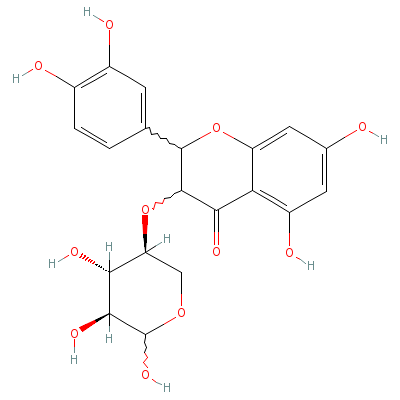
|
| Beta-Sitosterol |
5779-62-4 |
17-(5-ethyl-6-methyl
-heptan-2-yl)-10,13-
dimethyl-2,3,4,7,8,9
,11,12,14,
15,16,17-dodecahydro
-1H-cyclopenta[a]phe
nanthren-3-ol |
C29H50O |
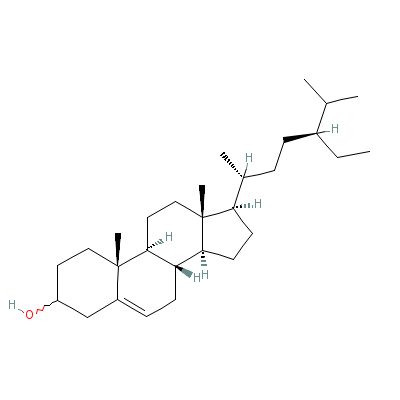
|
| Calcium oxalate |
5794-28-5 |
calcium oxalate |
C2CaO4 |
|
| Caryophyllene oxide |
32095-03-7 |
Not Available |
C15H24O |
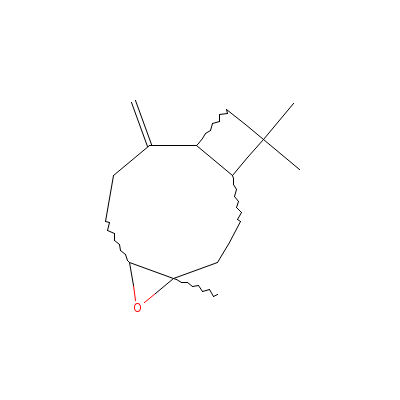
|
| Oleanolic acid |
508-02-1 |
10-hydroxy-2,2,6a,6b
,9,9,12a-heptamethyl
-1,3,4,5,6,6a,7,8,8a
,10,11,12,
13,14b-tetradecahydr
opicene-4a-carboxyli
c acid |
C30H48O3 |
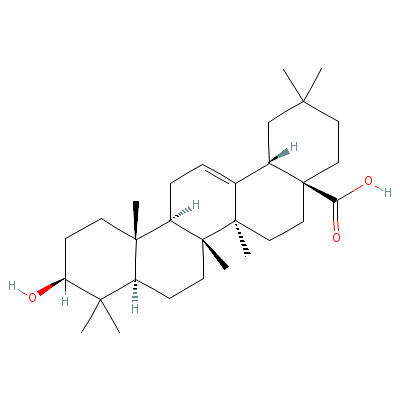
|
| Quercetin |
Not Available |
2-(3,4-dihydroxyphen
yl)-3,4,5-trihydroxy
-chromen-7-one |
C15H10O7 |
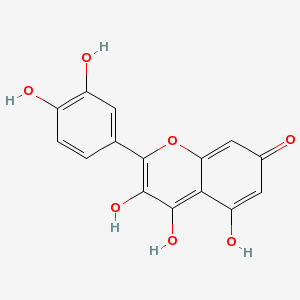
|
| Ursolic acid |
77-52-1 |
10-hydroxy-1,2,6a,6b
,9,9,12a-heptamethyl
-2,3,4,5,6,6a,7,8,8a
,10,11,12, |
C30H48O3 |
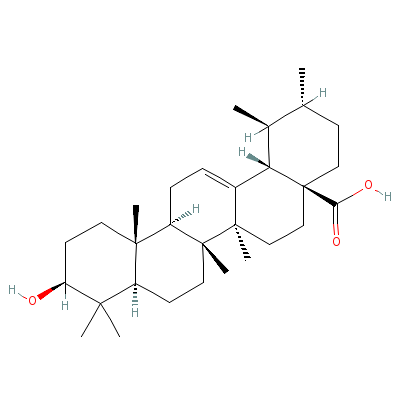
|
| Xanthophyll |
34445-91-5 |
4-[18-(4-hydroxy-2,6
,6-trimethyl-1-cyclo
hexenyl)-3,7,12,16-t
etramethyl
-octadec
a-1,3,5,7,9,11,13,15
,17-nonaenyl]-3,5,5-
trimethyl-cyclohex-2
-e
n-1-ol |
C40H56O2 |
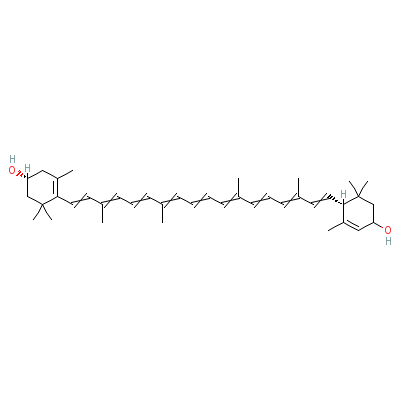
|
| Ellagic acid |
Not Available |
Not Available |
C14H6O8 |

|
| Leucoanthocyanin |
Not Available |
Not Available |
Not Available |
|
| Myricetin |
529-44-2 |
3,4,5-trihydroxy-2-(
3,4,5-trihydroxyphen
yl)-chromen-7-one |
C15H10O8 |
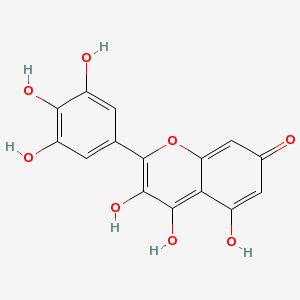
|
| Tannin |
1401-55-4 |
Not Available |
C27H22O18 |
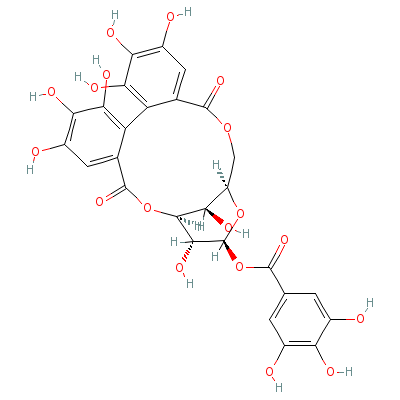
|
|
Pharmacology
| Medicinal Use |
 |
|
Commonly employed to halt gastroenteritis, diarrhea and dysentery (roots, bark, leaves and immature fruits); applied on wounds, ulcers and rheumatic places and chewed to relieve toothache (crushed leaves); taken as a remedy for coughs, throat and chest ailments, and leucorrhea, applied on skin diseases, gargled to relieve oral ulcers and inflamed gums, and for halting vomiting and diarrhea in cholera patients (leaf decoction); in cerebral ailments, nephritis and cachexia (leaf infusion); in epilepsy and chorea (leaf extract); given to expel the placenta after childbirth (decoction of bark and leaves). |
Dealers
Products
|
|